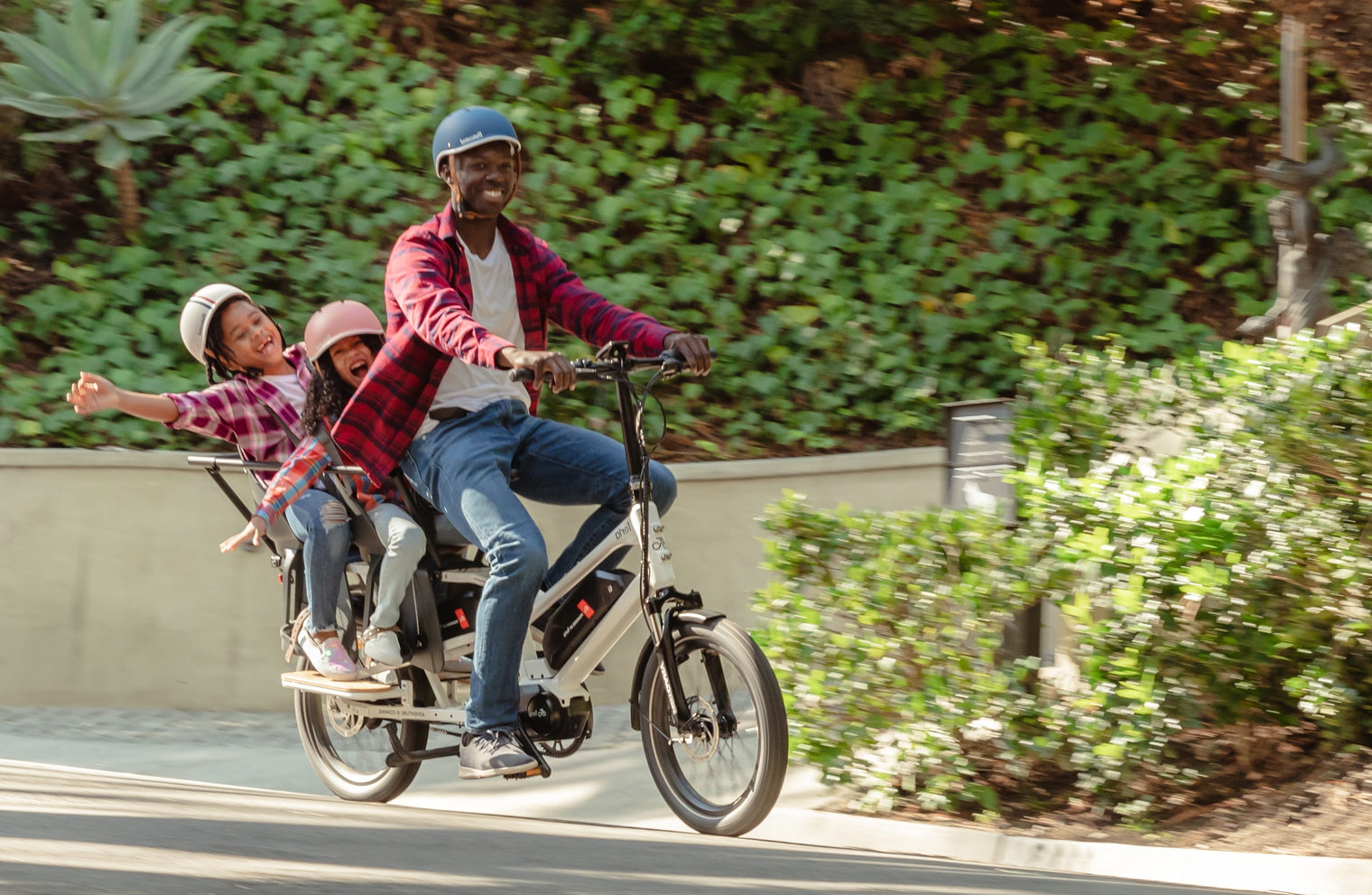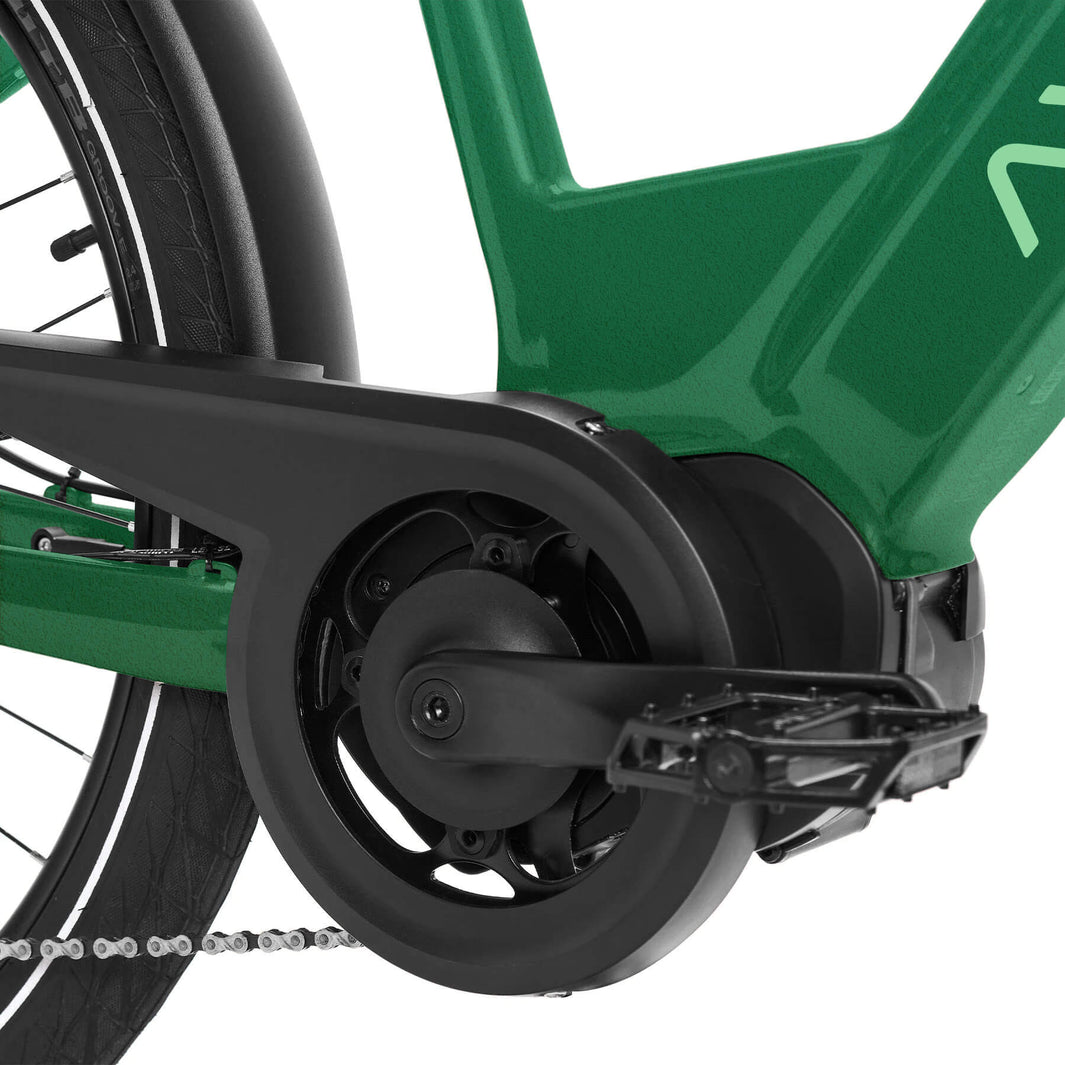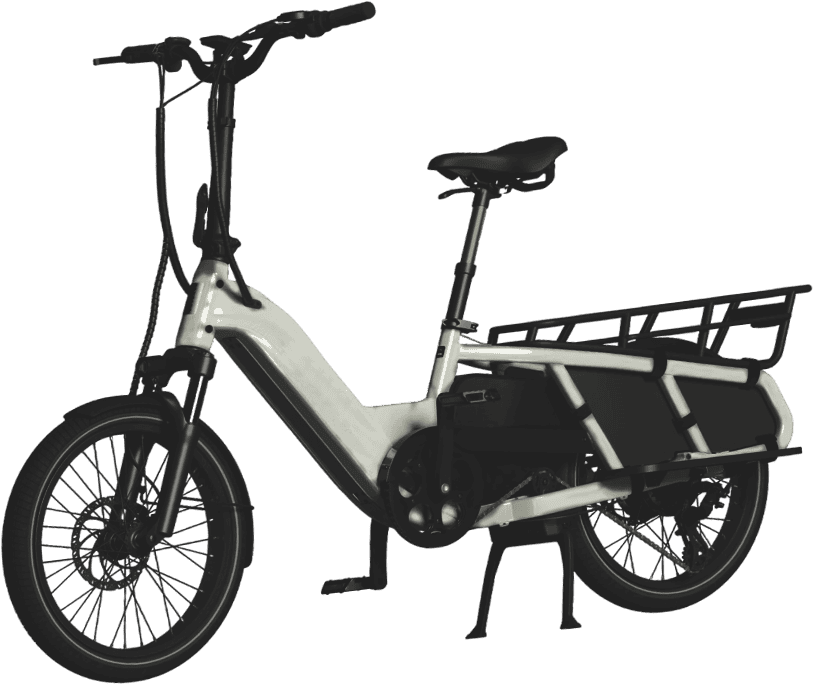From city commuters and cargo cycles to powerful MTBs, electric bikes are becoming increasingly common on California roads. Such popularity is well deserved – e-bicycles are a convenient means of transportation that provides many health, environmental, and financial benefits. Plus, California is one of the most bike-friendly US states, which encourages locals to abandon cars in favor of two-wheelers. Let’s consider California laws on electric bikes so that you can feel safe when cycling in the state.
What is an Electric Bike in California?
According to California law, an electric bike is defined as a bicycle equipped with fully operable pedals and an electric motor of less than 750 watts. Some cycles also have a throttle, allowing you to activate the motor with a hand. Electric bikes come in various shapes and sizes, as well as differ in their specifications and speed capabilities. The state also follows a three-tier classification system to create clear rules on bicycle use.
California E-Bike Classification
California e-bike classification defines three types of bicycles based on their speed and control options:
-
Class 1: bicycles that provide assistance only when you are pedaling, a top speed is 20 mph.
-
Class 2: bikes equipped with a handlebar-mounted throttle that allows activating the motor without pedaling. The maximum speed of Class 2 e-bicycles is 20 mph.
-
Class 3: pedal-assisted cycles with greater motor power and battery capacity. They can reach a speed of 28 mph, which entails additional restrictions on their use.
Read also: How to Charge an Electric Bike?
Do You Need an Electric Bike License in California?
You do not need a bicycle license in California, irrespective of the class of your two-wheeler. Electric cycles are also not subject to registration or insurance. However, since Class 3 bikes have higher speeds, they fall under a number of restrictions regarding helmet use and bikeway access, while the minimum age for riding them is 16 years old.
California Electric Bike Helmet Laws
Those owning Class 1 and Class 2 e-bicycles must wear a helmet if they have not reached the age of 18. All riders operating Class 3 electric bikes in California also must protect themselves, since they are at a higher risk of accidents on the road.
Even if the electric bike California laws allow you to cycle without a helmet, it's still better to put it on for your safety. Numerous studies have proven the effectiveness of bicycle helmets in preventing fatal brain and head injuries. Extra caution will not hurt.
Where You Can Ride Your Electric Bike in California
Electric bike laws in California regulate e-bicycles like the regular ones, with a few additional requirements for Class 3 cycles. Check out where you can ride depending on your bike type:
-
Class 1 and Class 2 bicycles: dedicated bike lanes, shared paths, multi-use trails, and roads (unless traffic signs say otherwise).
-
Class 3 bikes: bike lanes and roads.
Please note that some parks prohibit electric 2 wheeled bikes, while others may impose additional restrictions for particular types of cycles. Visit the California State Parks website for more information.
How to Stay Safe on the Road: Bike Rules in California
California ebike rules for cycling on public roads are the same as for regular two-wheelers. Follow them to protect yourself from accidents:
-
Ride as close to the right edge of the road as possible.
-
Leave the bicycle lane only if you need to turn left, avoid an obstacle, or pass another rider.
-
Stop at red lights and follow all the traffic signs.
-
Do not ride against the traffic flow.
-
Keep hands on the handlebars and avoid distractions when riding.
California Laws on Motorized Bikes vs. E-Bikes
Despite the similarity in names, electric and motorized bikes have many differences. E-bicycles look just like regular two-wheelers, and a motor, battery, and controller are the only components that set them apart. Motorized bikes are better to think of as scooters, light motorcycles, or mopeds. They are typically powered with a throttle instead of pedals, reach higher speeds, and have a gasoline engine.
The laws for motorized bikes in California are also different. So, a driver must register and insure their vehicle, as well as get a license to ride on the roads legally. The minimum age to drive a motorized bike is 16 years, and a helmet is required. Similarly to Class 3 e-cycles, they are allowed to ride only on public roads and dedicated lanes.
Also read: Lagom Avant Bicycle: Best Longtail Cargo Bike for Family Rides
Recent Updates to California E-Bike Laws
California electric bike laws have been updated in 2025. So, Senate Bill No.1271 has introduced some changes regarding e-bicycle throttle restrictions, power limitations, safety rules, and certification:
-
Throttles are prohibited on Class 1 and Class 3 bicycles (except the walk mode up to 3.7 mph).
-
Modifications enabling a maximum motor power above 750 watts are not allowed.
-
Operable pedals cannot be removed.
-
All batteries must be tested in accredited labs.
-
Charging systems require certification for usage on specific bicycle models.
Are Electric Bikes Legal in California?
E-cycles are legal in the state. California law on electric bikes categorizes them into three classes, each is subject to specific rules and restrictions. No registration or California bicycle license is required. Still, if your cycle belongs to Class 3, you must be at least 16 and wear a helmet to operate it legally. Speed limitations apply to every bicycle category, and access restrictions – only to Class 3. Non-compliance with California electric bikes laws may result in fines or even criminal liability (if a rider caused an accident).
Conclusion
By setting clear restrictions and rules on California e-bikes, the law aims to make cycling safer and more enjoyable for everyone. Since your county, city, or town may impose additional regulations on electric bicycles, you should also check relevant information with local authorities.



